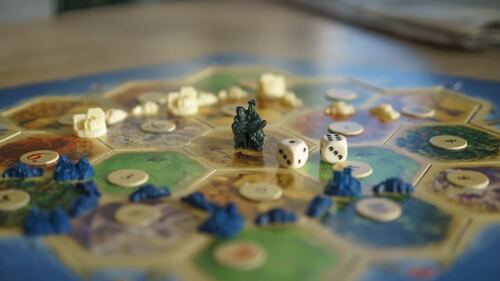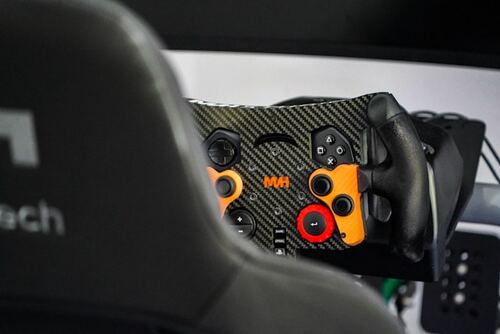In board game publishing, a game’s box isn’t just packaging—it’s protection, presentation, and part of the player experience. Whether you’re preparing for retail, direct-to-consumer shipping, or crowdfunding fulfillment, the durability and design of your board game box are pivotal to your game’s success.
This article breaks down what to look for in high-quality board game boxes, helping you avoid costly mistakes while optimizing for longevity and customer satisfaction.
Why Durable Game Boxes Matter to You
Imagine a game arriving at your customer’s doorstep—torn corners, crushed lid, or peeling graphics. That first impression damages more than the box—it damages your brand.
A well-designed box ensures:
- Product safety during storage and transport.
- Longevity through repeated use and handling.
- Brand perception through a polished and professional appearance.
Strong, well-structured packaging is an investment in your game’s value and the trust of your customers.
Materials That Maximize Box Durability
The foundation of any strong board game box is the material it’s made from. Your choice directly affects cost, weight, resistance to damage, and print quality.
- Greyboard (1.5mm to 2.5mm thick)
This is the industry standard for premium game boxes. It provides rigid structure and works well with outer coatings like glossy or matte lamination. - Corrugated Plastic or Cardboard
Ideal for heavy-duty transport or games intended for outdoor or rougher use. Corrugated layers offer superior crush resistance. - High-Gram Paperboard (350–400 gsm)
This lightweight option is commonly used in tuck boxes. It’s best for compact card games or expansion packs, where lower cost and portability are priorities.
These materials are often paired with a linen finish or lamination to improve wear resistance, visual appeal, and water resistance. For board game enthusiasts who want precision and quality in their tabletop setups, accessories like the Target Omni can complement the gaming experience, ensuring both gameplay accuracy and a professional touch.
Optimal Box Shapes and Sizes
Not every game fits a single box style. Choosing the right shape is about more than aesthetics—it’s about utility, protection, and how your customers interact with the game.
Two-Piece Boxes
- Most versatile and durable.
- Great for medium to large board games.
- Supports thick inserts and components without warping.
Tuck Boxes
- Budget-friendly, ideal for card games and portable expansions.
- Not recommended for heavy components or multi-use storage due to flap stress points.
Magnetic Flip Boxes
- Sleek and premium.
- Excellent for collector’s editions and luxury packaging.
- Keep in mind: hinges can wear if not reinforced.
Board game manufacturers often recommend sizes like 25.5×25.5×7.6cm for standard full-sized games or 15.5x10x3.7cm for smaller editions. These formats allow efficient packing and ease of use.
Inserts: Function Meets Protection
A box’s interior is just as important as its exterior. Inserts secure your components, prevent shifting, and elevate the unboxing experience.
Options Include:
- Cardboard wells for sorted storage.
- Vacuum-formed plastic inserts for precision fits.
- Foam inserts for fragile components or miniatures.
Custom inserts also help with game setup and reduce damage from jostling during shipping.
Functional Finishes That Boost Appeal
A solid box is even better with the right finish:
- Lamination (matte or glossy): Adds moisture resistance and a premium look.
- UV Spot Printing: Highlights specific areas, giving tactile and visual contrast.
- Foil Stamping and Embossing: Elevates branding with a luxury feel.
- Reinforced Edges: Prevents fraying and wear from repeated lid removal.
When you work with experienced board game manufacturers, these features are often customizable without drastically increasing costs, giving you a tailored solution for durability and visual identity.
Risks to Avoid
Even with great materials, mistakes can undermine your game’s integrity. Watch out for:
- Thin or uncoated paper: Easily tears and loses vibrancy.
- Unreinforced box edges or hinge folds: High risk of wear and deformation.
- Non-fitted inserts: Components knock around, causing damage.
- Ignoring moisture and climate factors: Especially critical for international shipping.
Also avoid using off-the-shelf box designs that don’t fit your game’s layout—this can result in wasted space or crushed components.
Final Thoughts: Design With the End User in Mind
Your game’s box does more than store components—it defines first impressions, protects your game, and enhances usability. By investing in durable materials, ergonomic shapes, and quality finishes, you ensure a premium experience from the first moment a player opens the lid.
With board game manufacturers offering custom box solutions, it’s easier than ever to align your packaging with your vision—whether you’re planning a Kickstarter campaign, retail release, or collector’s edition.
Choose wisely, and your box won’t just carry your game—it’ll carry your brand forward.



